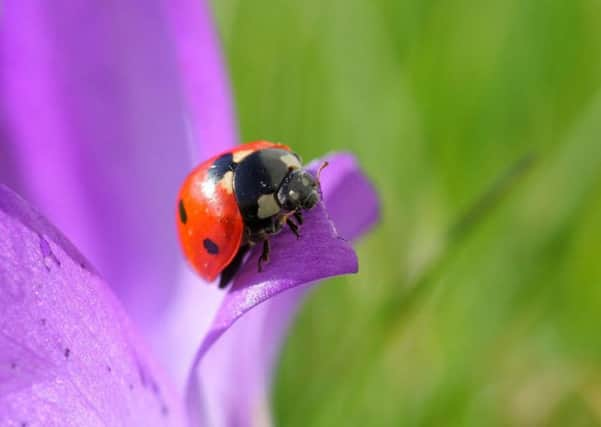Ladybird invasion: why are swarms of ladybirds sweeping Scotland and rest of UK?


The renowned summer of 1976 was the most recent year where temperatures reached close to the ones that engulfed Britain.
And with the record-breaking highs, that year also saw a swarm of ladybirds take over villages, towns and cities across England and Wales, and parts of southern Scotland.
Advertisement
Hide AdAdvertisement
Hide AdThe British Entomological and Natural History Society (BENHS) estimated 23.65 billion of them descended on the southern and eastern coasts of England by late July.
We didn’t see a similar phenomenon this summer – but since we reached autumn, Brits have been swarming to social media to report an influx of the insects.
Here’s why ladybird populations can suddenly explode in this way, and why the invasions of the insect can be tricky to predict.
Favourable conditions
There are a number of factors that lead to rapid increases in the ladybird populations, which not only makes it difficult to predict but also decreases the chance of it happening.
These factors include the amount of sun shine at the beginning of summer, temperature throughout the middle of the season, and the mildness of the preceding winter.
According to the BENHS, explosions in ladybird population typically happened around every 15 years throughout the 20th century, but stopped after 1976.
Lots of larvae
A parasite destroyed many ladybird pulpae in 1990, significantly effecting the potential for a population growth.
By 1996, it was reported as the one of the longest periods without an population explosion that century.
Advertisement
Hide AdAdvertisement
Hide AdWhile even though this year’s heatwave did not immediately prompt an influx in the insects, there was hope among scientists that it could happen.
Helen Roy, Ecologist at the Centre for Ecology and Hydrology, said: “It could be that we will see ladybirds in high numbers as the summer progresses and as they go through their life cycle – there are lots of larvae about at the moment.”